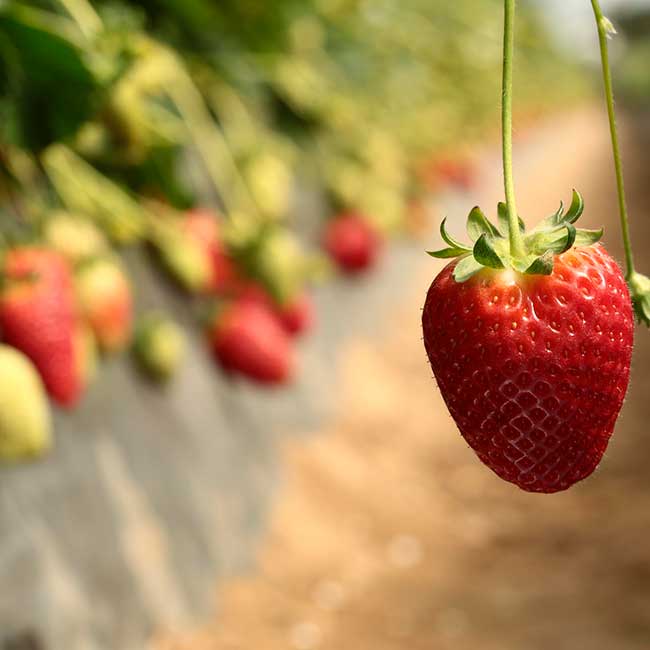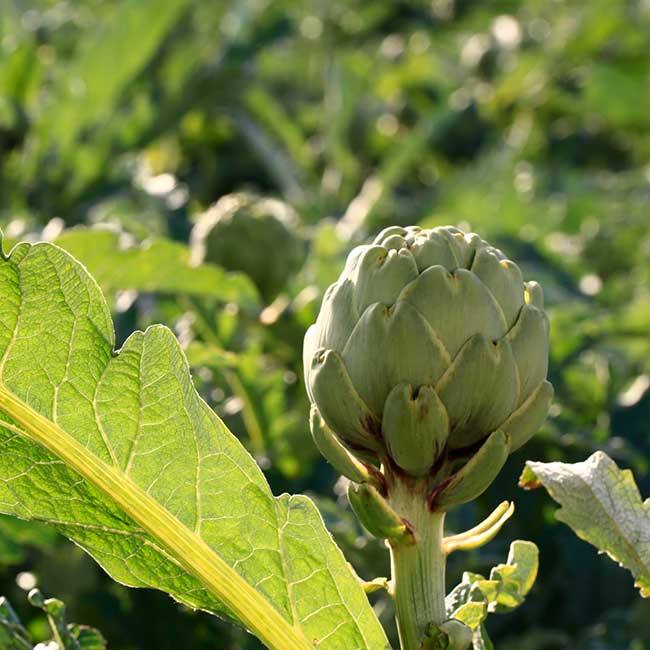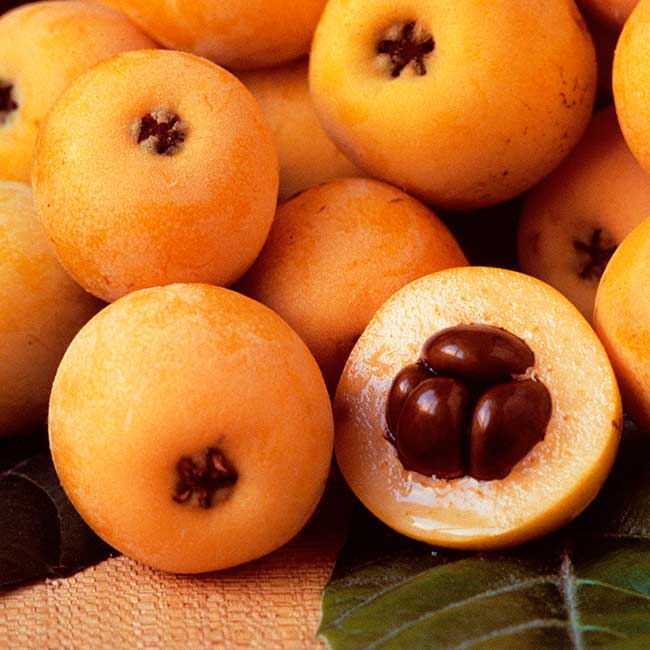.png.transform/rendition-xs/image_image%20(1).png)
Spring in Spain: Fresh, High-Quality Produce Available for Export
Spain’s best spring produce is very popular beyond the country’s borders: consumers everywhere love our delicious fruits and vegetables.
Spring is upon us and that means this season’s fruits and vegetables will soon be on display in local markets, and on dinner plates at homes across the country. But Spain’s best spring produce is also popular beyond the country’s borders: consumers everywhere love our delicious fruits and vegetables.
Between August 2018 and 2019, exports of these products increased by 9% in volume and 4% in value, for a total of 9.2 million tons and 9.262 billion euros, respectively. Within Spain, the main producing regions are Andalusia, Valencia, and Murcia and the primary export destinations are Germany, France and the UK.
Spanish producers have many opportunities to showcase their produce during the year, from Fruit Logistica in Berlin to Fruit Attraction in Madrid. These events allow companies to highlight their innovation, quality and sustainability and strengthen their position in markets around the world.
Today we’re going to take a closer look at some of Spain’s top spring produce, where each product is produced and where exports are going.
Cherries from Spain
Cherries are generally available in Spain from May to July, although there is some early harvesting in April. The Jerte Valley, in Cáceres, is one of the main sources of this fruit.
A new trend was visible last year as cherry producers sought to reduce the size of their trees. The goal of more exhaustive pruning is to reduce the harvest volume and increase the caliber of the cherries. Additionally, producers are focusing on harder cherries, which they believe will be easier to export.
According to FEPEX, the main destination countries are the UK, France and Germany, and efforts were made in 2019 to enter China.
Strawberries from Spain

Spain is well-known for its extraordinary regular-sized and large strawberries. These are a popular export product, and the main buyers are Germany, France, the UK, Italy, Portugal and Belgium.
Strawberries registered notable growth in exports, which expanded by 15.5% in volume and 10% in value in 2019 compared with 2018. More than 220,000 tons of this delicious fruit headed outside Spain, confirming its position as one of the world’s leading exporters.
Eggplant from Spain
Another popular berry in Spain is the eggplant, which is included in a plethora of traditional recipes nationwide, from stuffed eggplant to fried eggplant with honey. Andalusia, in southern Spain, is where the bulk of this fruit is produced.
Spanish eggplant is also popular outside Spain, so much so that Spain dominated global exports in 2018 in terms of volume and value. The primary destination markets are France, Germany and the UK.
Of the total global exports of eggplants, Spain accounted for the largest portion: 32.81%. The Netherlands, Mexico, and China trailed behind.
Zucchini from Spain
Zucchini is the perfect spring fruit. Within Spain, Almeria is the producer par excellence, followed some distance by Murcia and Madrid. In fact, eight out of every ten zucchinis exported in 2018 came from Almeria, which is home to almost 200 companies.
Exports from producers in that region set a new record in terms of volume in 2018, with more than 360 million kilos heading to markets like France, Germany and the Netherlands.
Endives and escarole from Spain
There’s no shortage of demand for these bitter vegetables, especially in the European Union, which accounts for almost 100% of all exports. Specifically, France, the Netherlands, Germany, Poland and the UK are the main markets for endives and escarole from Spain.
Murcia is the main producer region in Spain, accounting for almost half of all exports, and in 2018, exports were around 13,500 tons.
Artichokes from Spain

Spain is a major force in artichoke production, ranking third in the world, and the province of Alicante is the leading producer in the country, followed by Murcia.
Orihuela, a city in Alicante, hosted the 10th International Symposium on the Artichoke, Cardoon and Their Wild Relatives, the leading scientific event focusing on these vegetables, which attracted professionals from all over the world.
Compared with other Spanish fruits and vegetables, the majority of artichoke production is consumed domestically, with around 5% being exported; however, industry professionals are actively engaged in R&D with a view to boosting this figure.
Loquats from Spain

Spain’s loquat producers are concentrated in Alicante, home of DO Nísperos Callosa d’en Sarrià, and also Andalusia.
Around 60 to 70% of production is exported, primarily to Germany, the UK, Belgium, Portugal, Saudi Arabia and even the US. Demand and consumer preferences vary throughout the Mediterranean, with the result that companies seek to meet the specific needs of each market with loquats that vary in size and hardness. It’s worth noting that loquats have relatively high production costs with considerable labor required, which is a limiting factor.
Spain has an extensive portfolio of delicious fruits and vegetables that arrive in spring but leave a lasting impression all year long. As producers continue to focus on quality, address the impact of climate change and promote sustainability, they will further reinforce their position as leaders in their respective market segments.
When consumers in the European Union and beyond bite into an especially juicy cherry, a sweet loquat or a ripe strawberry, they will indubitably think of Spain.
Text: Samara Kamenecka/@ICEX

